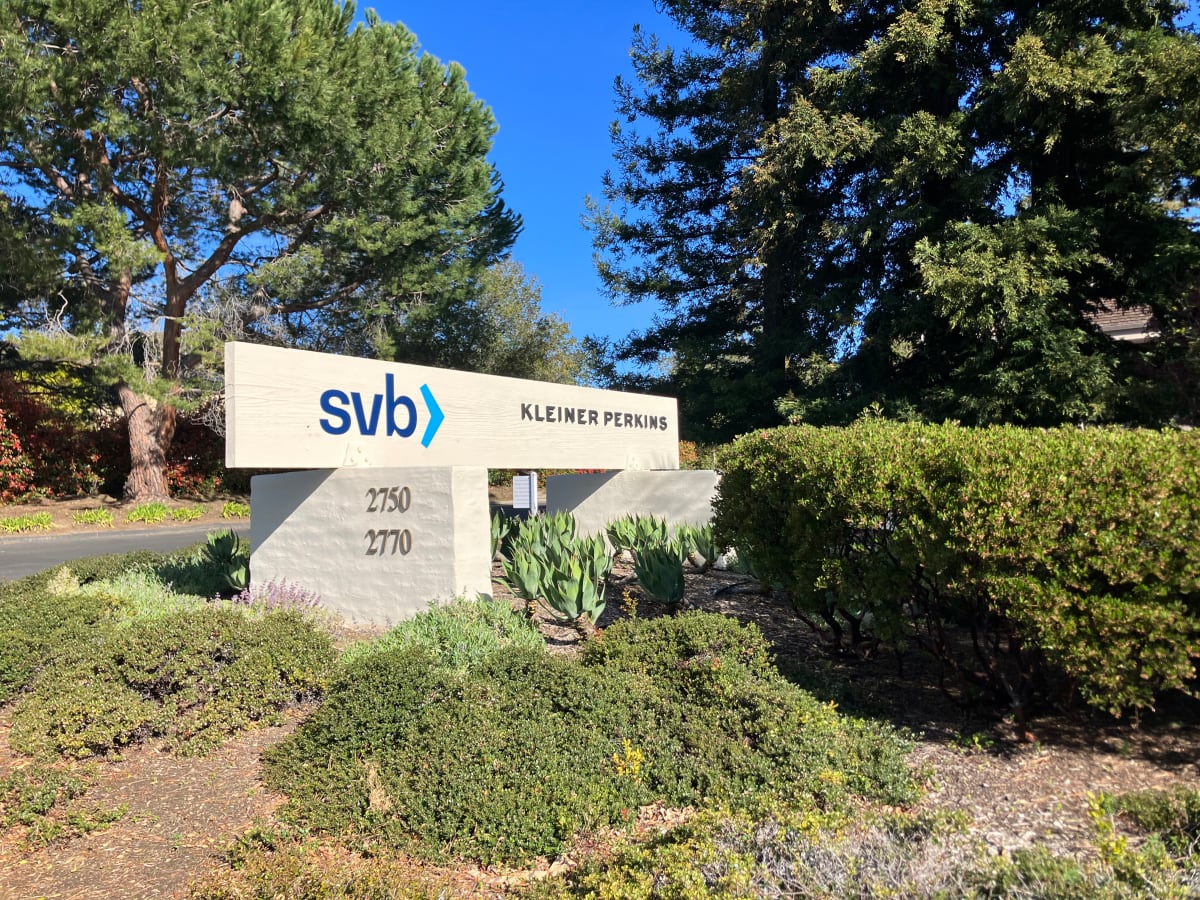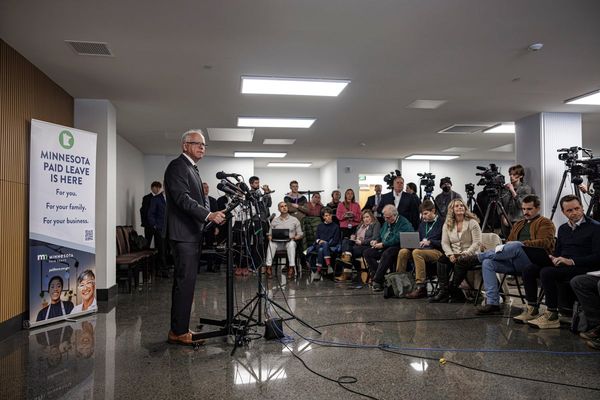
Silicon Valley Bank (SVB) was a regional bank located in the San Francisco Bay area. Founded in 1983, it specialized in granting loans to startup tech firms. According to the company’s website, in 2022, SVB funded nearly half of all venture-backed tech- and healthcare-related IPOs. Some of its best-known customers included Airbnb, Cisco, Pinterest, and Roku.
The COVID-19 pandemic was a boon for SVB’s business as demand for scientific products and technology skyrocketed. Its deposit base tripled between 2019 and 2022, and by December 2022, its assets had swelled to $211 billion.
But while granting loans to tech IPOs grew SVB’s balance sheet, the company simultaneously assumed greater risks. After announcing a $1.8 billion loss and a credit downgrade in early March 2023, SVB’s customers began frantically withdrawing their deposits—according to a regulatory filing, they withdrew $42 billion in one day alone. Unable to provide enough liquidity to satisfy customer demands, the bank declared insolvency on March 10, 2023. It was the largest bank failure in the U.S. since the 2007–2008 Financial Crisis.
The California Department of Financial Protection and Innovation took the company over, placing it under the receivership of the Federal Deposit Insurance Corporation (FDIC). The next business day, the FDIC and the Treasury Department released a joint statement making an unprecedented guarantee: Depositors would receive full access to their funds even above the FDIC’s $250,000 insured limit.
On March 13, 2023, the FDIC reopened SVB as Silicon Valley Bridge Bank. This temporary entity would remain operational until the troubled business was acquired, although the FDIC’s initial auction had failed to attract a single bid. However, SVB’s startup customers were encouraged to keep their deposits with the bank in order to improve its financial condition, and on March 26, First Citizens Bank announced it would purchase the troubled bank’s $119 billion in deposits and $72 billion loans at a discount, while $90 billion of assets remained under receivership. SVB’s international operations were acquired by HSBC UK on March 13, 2023, for 1 euro.
By April 2023, all 17 of SVB’s banking branches reopened as First Citizens Bank branches, and the rebranding has also been reflected on the company’s website.
Why Did Silicon Valley Bank Collapse?
Several factors led to the spectacular implosion of Silicon Valley Bank:
- Bad investments: SVB invested billions into long-term U.S. Treasury securities, such as 10-Year Treasury bonds, and although Treasuries are considered some of the safest investments around, long-term investments like these are literally tied away for years at a time—so when SVB needed emergency capital, it had to sell them at firesale prices.
- Interest-rate risk: The COVID-19 pandemic may have added a short-term boost to SVB’s balance sheet, but accompanying inflationary pressures compelled the Federal Reserve to hike interest rates. The Fed funds rate spiked from nearly zero in the first quarter of 2022 to between 4.75%–5.0% in March, 2023. SVB had large holdings of bonds in its reserves, and since bond values and interest rates have an inverse relationship, these holdings incurred huge unrealized losses—to the tune of $1.8 billion.
- High-Net-Worth Customers: California’s Silicon Valley is known as one of the wealthiest areas of the country, home to both vintners and tech founders, many of whom kept tens of millions in bank accounts for easy access. After SVB announced its losses, spooked customers immediately demanded their money back and caused a bank run.
How Was Silicon Valley Bank Bailed Out?
Interestingly, SVB was not technically “bailed out” since it was not rescued by taxpayer dollars or other federal aid. Instead, depositors were made whole from the sale of SVB assets to First Citizens Bank.
However, on March 12, a bank run at Signature Bank, another regional bank that dealt largely with private real estate and cryptocurrency clients, proved that fears of more widespread contagion were valid.
Government officials considered the threat severe enough to warrant large-scale efforts to restore confidence in the country’s banking system, so that weekend, U.S. President Joseph Biden held a series of meetings with industry experts including Fed Chair Jerome Powell, U.S. Treasury Secretary Janet Yellen, famed investor Warren Buffett, and Jamie Dimon, the CEO of JPMorgan Chase. By the market’s opening bell on Monday, March 13, they had engineered the Bank Term Funding Program, a new borrowing source for banks in distress that would accept Treasury collateral at par value.
How Does Silicon Valley Bank’s Failure Affect Other Banks?
It’s bad enough when a bank fails, but the greater threat is to the financial system as a whole. Consumer sentiment is known to move markets, but when they lose trust in the very systems created to support them, they can also trigger selloffs, capitulation, and—in rare cases—even recessions.
Since small and mid-sized banks are the fabric of America—Goldman Sachs reported that 70% of small business lending takes place from these institutions—rural counties often have only a few financial institutions to rely on. More widespread financial contagion would have effectively crippled entire regions of the country, affecting clients ranging from small businesses to manufacturers to homebuyers, so the Fed needed to act quickly.
Is the Government Responsible for Silicon Valley Bank’s Failure?
In a scathing report released on April 28, 2023, Michael Barr, current Fed Vice Chair for Supervision, concluded that the Fed itself was partly to blame for the catastrophe at Silicon Valley Bank. He believed the Fed did not “take forceful enough action” amidst mounting concerns. Among its shortcomings, the Barr report counted lax supervision during the Trump administration, particularly under former Fed Vice Chair for Supervision, Randal Quarles.
That same day, the FDIC released its own report taking responsibility for its insufficient supervision of the banking industry, citing reasons including staffing shortages and delays in communication.
Are Silicon Valley Bank Checks Still Valid?
According to the FAQ page on the FDIC website, all Silicon Valley checks remain valid, although those who possess them are encouraged to cash them as soon as possible.







